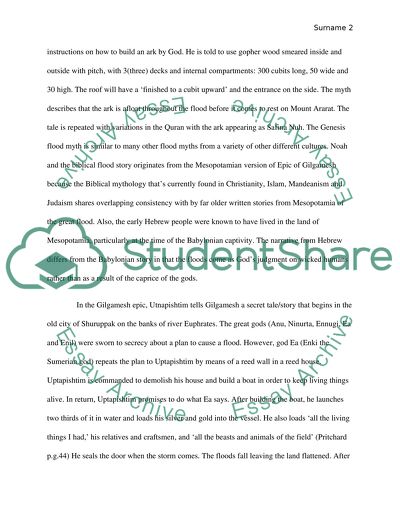Cite this document
(“The Flood Myth Essay Example | Topics and Well Written Essays - 1000 words”, n.d.)
The Flood Myth Essay Example | Topics and Well Written Essays - 1000 words. Retrieved from https://studentshare.org/religion-and-theology/1640870-the-flood-myth
The Flood Myth Essay Example | Topics and Well Written Essays - 1000 words. Retrieved from https://studentshare.org/religion-and-theology/1640870-the-flood-myth
(The Flood Myth Essay Example | Topics and Well Written Essays - 1000 Words)
The Flood Myth Essay Example | Topics and Well Written Essays - 1000 Words. https://studentshare.org/religion-and-theology/1640870-the-flood-myth.
The Flood Myth Essay Example | Topics and Well Written Essays - 1000 Words. https://studentshare.org/religion-and-theology/1640870-the-flood-myth.
“The Flood Myth Essay Example | Topics and Well Written Essays - 1000 Words”, n.d. https://studentshare.org/religion-and-theology/1640870-the-flood-myth.


